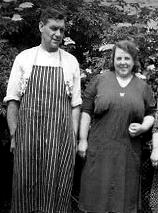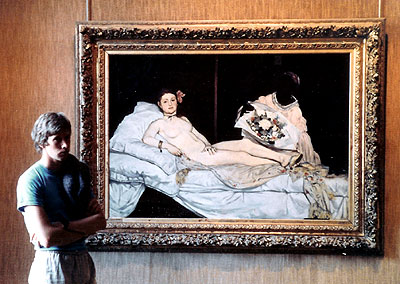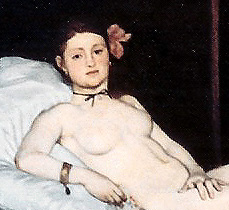There are lots of things that are important when creating an image……but where to start? Each bit needs another bit….but which bit first?
Fish can kill me!

When I was very small (maybe 3 or 4 years old) my grandfather, who lost the sight of one eye from a bullet fired by a German sniper (fortunately not a very good one) during the Battle of the Somme in World War 1, wiped my face with the corner of his apron, an apron he had used to wipe his filleting knife on. He was a grocery shopkeeper who specialized in wet fish.I can remember the instantaneous pain and swelling in my eyes, the panic-driven breathlessness, the weeping blindness. The shouting, the accusations, my parent’s panic. My poor grandfather was only trying to clean the face of his grubby grandson. My parents were in fear of loosing their only child, the one who was given hours to live a few years earlier……saved by a young doctor who refused to let my parents watch me die and insisted I had a tracheotomy……thirty or so years later the doctor was knighted and became Sir Michael……Now I have children of my own.
Lake Lucerne: the Bay of Uri from above Brunnen circa 1844 (below) has been an important painting for me since the early 1970’s. I have always admired the New York Abstract Expressionists of the mid 20th century but when I first saw this painting by Turner…… my sock were blown off. This is the ultimate painting of landscape and nature – it tells a massive story with very little content…….Read more

The scumbled and brilliant paint surface is, at first, difficult to decipher. A small house beneath a cliff is discernible in the lower left corner, while mountains loom on the right hand side of the canvas. As a work begun a year or two after Turner’s 1842 visit to Switzerland and has been connected to a watercolor of the same subject completed that year. [Lake Lucerne: The Bay of Uri from above Brunnen: Sample Study circa 1841-2 ~ Watercolour and gouache on paper, 242 x 297 mm .]
(From the display caption September 2004)
Trimaran off St Marys
During May 1977 I skived off Art College and spent a few days on St Martins in the Scilly Isles …. The reason I gave to my tutors for my ‘holiday’ was I wanted to do some drawing – they didn’t believe me, I was never a good liar. Below are extracts from my sketchbook/diary
Monday 16th May 1977
“Just off the quay somebody has drawn a maze in the sand, it looks rather good. It is a nice idea to draw something that will only last for a few hours, to be reclaimed again by the sea; maybe I’ll have a go. The time factor is interesting.”
Tuesday 17th May 1977
“which will show me I can work from the landscape. This is something that I have felt is too over powering, too difficult for me to undertake but even after today I’m picking up little tricks. Tricks are I’m sure what landscape painting is all about.”
Manet’s Olympia (which is in the Musée d’Orsay) is probably one of my favourite paintings. In 1974 at Stourbridge College of Art I did a series of paintings based on ‘Page 3 models’ and I was intrigued how Manet’s Olympia had the same soft porn feel to it – inviting but not hardcore. I went to Paris in 1978 and took this photo which I’ve just rediscovered. I’ve no idea who the bloke is – he could be her pimp or maybe he was first in the queue.

What shocked contemporary French audiences of the late 19th century was not Olympia’s nudity, nor even the presence of her black maid (the black female was regarded by 19th century Europeans as a savage, a nymphomaniac – to have a white woman naked with her maid clothed was a provocative statement). Olympia’s confrontational, erotic gaze and the symbolic references to her as a courtesan (demi-mondaine): the orchid in her hair, her bracelet, pearl earrings and the oriental shawl on which she lies, which are symbols of wealth and sensuality. The black ribbon around her neck, and her single cast-off slipper mark her as a temptress.
The painting was inspired by Titian’s Venus of Urbino, which in turn refers to Giorgione’s Sleeping Venus. Olympia’s authoritative hand (the model was Victorine Meurent) covers her nudity (same as a Page 3 girl) as if to emphasize her independence, sexual dominance and her status as an object of desire. Manet replaced the little dog (symbol of fidelity) in Titian’s painting with a black cat, which symbolized prostitution. People have suggested that she is looking in the direction of a door, as a client barges in unannounced, I would prefer to think she is waiting for me.
